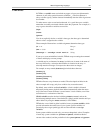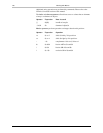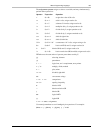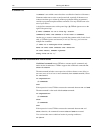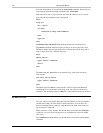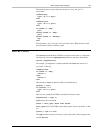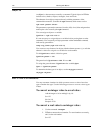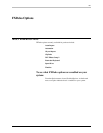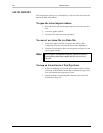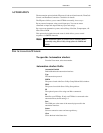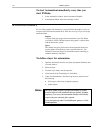
Macro Programming Language 163
FXDeko User’s Guide
The following macro creates, then runs the macros “boy” and “girl” as
subroutines.
command boy
type "It’s a boy!"
end
command girl
type "It’s a girl"
end
if $name == "Amy"
girl
elseif $name == "Meg"
girl
elseif $name == "Mickey"
boy
end
The subroutines “boy” and “girl” are local to this macro. When the macro ends,
the subroutines, like the variables, vanish.
RETURN VALUES
The return command directs FXDeko to stop the current macro or subroutine
and return the value of its expression parameter to the macro that called it.
return [expression=]
For example, you might have a simple command called test that returns 1 if
successful, or 0 if not:
command test
if $name == "Amy"
return 1
else
return 0
end
The subroutine test can then be called from another macro:
$result = test
if $result == 1
type "It’s a girl"
end
Here are a few examples of FXDeko commands that return values:
$squareroot = sqrt 4.
sqrt returns the real value 2.
$test = file_open "moon over miami"
file_open returns 1 if FXDeko successfully opens "moon over miami", or 2 if
not.
$color = rgb 0 0 100
The rgb command creates and returns a color object that is then assigned to the
variable $color.



